This is part of a biannual blog series highlighting the agreement documents executed by PA SHPO in accordance with Section 106 of the National Historic Preservation Act and its implementing regulations.
Author: Barbara Frederick (Page 1 of 2)
Barbara Frederick is a historic structures reviewer for the PHMC-BHP. She is responsible for reviewing project documents submitted in compliance with Section 106 and the State History Code for the eastern region of Pennsylvania.
This is part of a biannual blog series highlighting the agreement documents executed by PA SHPO in accordance with Section 106 of the National Historic Preservation Act and its implementing regulations.
“Coming together is a beginning. Keeping together is progress. Working together is success.” — Henry Ford
We had some fun recently during a site visit to identify the presence of a historic agricultural district for a solar project…
*Cue Sir David Attenborough’s voice*
Here we are searching for the elusive historic agricultural district. Often impossible to find, we are hoping to get a glimpse of it today, as whispers of its appearance have been heard. What vast expanses of agricultural land use and lack of modern residential development, perhaps we will get a sighting after all. But what is this that appears on the horizon? Large modern grain bins indicative of monocropping, followed by farmsteads lacking historic barns? Ah well, it would appear the earlier rumors of a visit from that elusive beast, the historic agricultural district, have been unfounded. Perhaps when we return to the hunt tomorrow, we may catch a glimpse.
A drive along Burnt Mill Road in Lurgan Township in Franklin County winds around scenic county farmland crossing the Conodoguinet Creek where a monument to Pennsylvania’s industrial past, the Burnt Mill Road Bridge, has stood for the past 136 years.
Continue readingThe Section 106 process was created to ensure that federal agencies consider historic properties in the planning process for projects they sponsor.
Continue readingOne of the many roles for all State Historic Preservation Offices (SHPOs), including Pennsylvania’s, outlined in the National Historic Preservation Act (NHPA) is to advise, assist, and consult on the review of federally assisted projects that have the potential to affect historic properties. This is known as the Section 106 Review Process. Continue reading
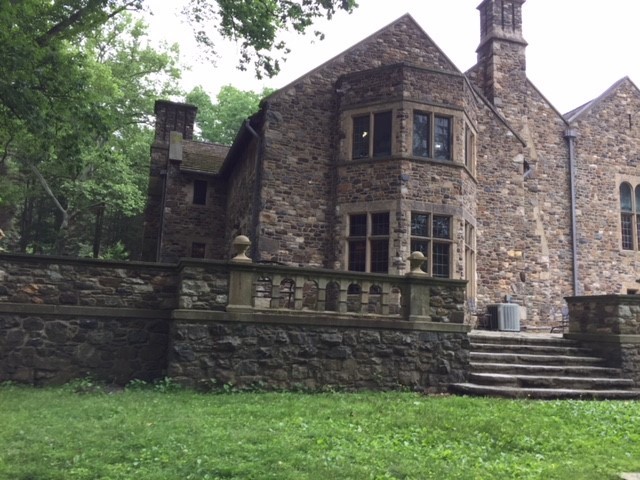
Intern Insights: CRM @ Ridley Creek State Park
A significant part of any good management plan is an understanding of the significance of identified resources. This summer we are looking at resources in Ridley Creek State Park in Delaware County. Continue reading
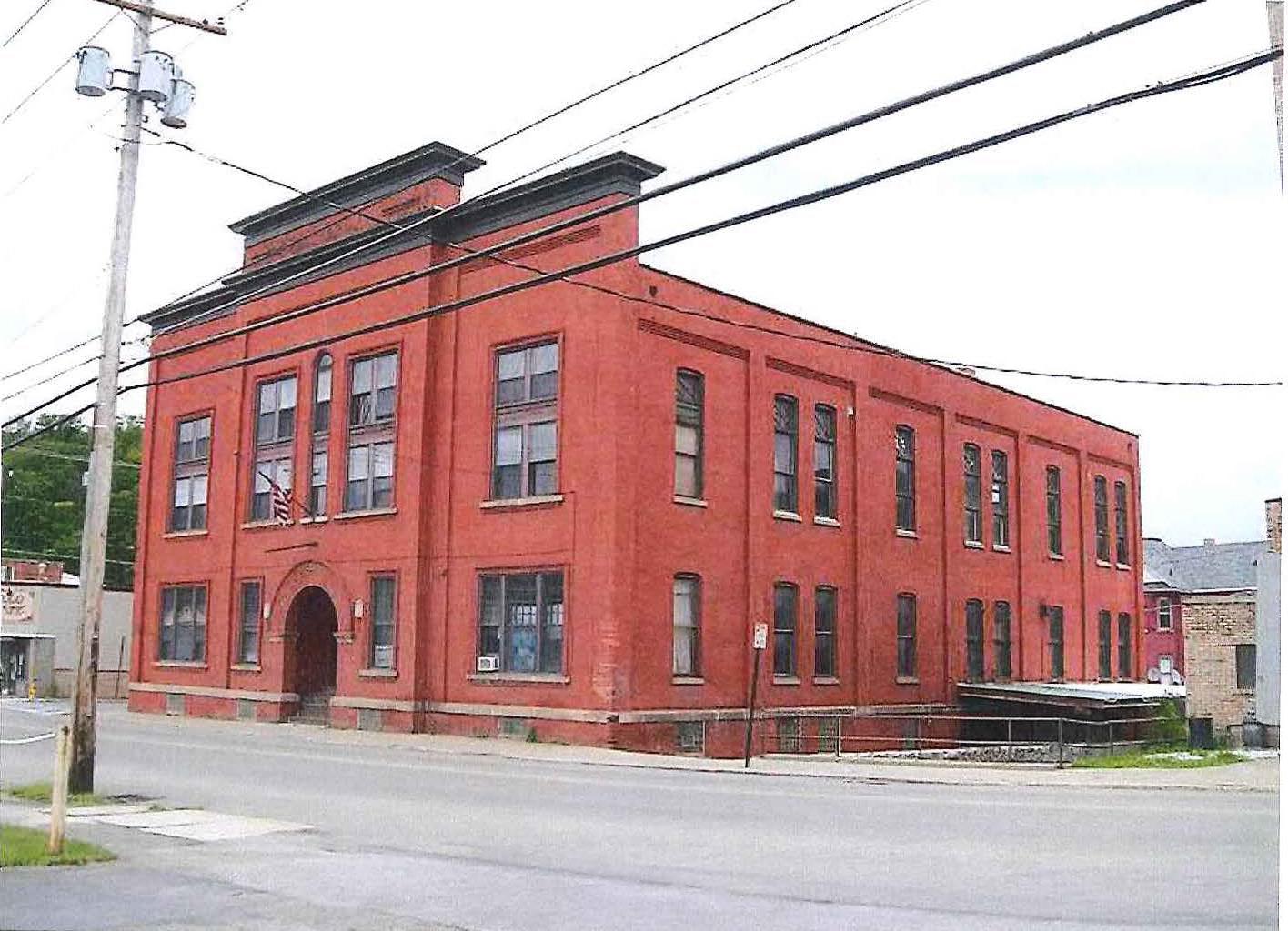
UPDATE: Local Landmarks For Sale
In our June 2013 post, we featured the upcoming sale of National Register listed state armories located in historic communities throughout the Commonwealth. To date, eight of the armories marketed for adaptive reuse by the Pennsylvania Department of Military and Veterans Affairs have been sold to buyers who have agreed to purchase the buildings with a historic preservation covenant. The covenants will help to ensure future improvements to the buildings will be carried out in accordance with the Secretary of the Interior’s Standards and Guidelines for Rehabilitating Historic Buildings. Continue reading

New Faces and Places in Environmental Review
As we are poised to ring in a new year, we wanted to make you aware of new developments in the review of state and federal projects that have occurred within our office over the past several months. In August, we said a fond farewell to Ann Safley who retired after 23 years of service. Ann most recently served as the above ground reviewer for projects in the western region of the state. Ann’s knowledge and expertise of state and federal projects and western Pennsylvania will be missed!
In October, we brought on our newest staff member, Emma Diehl, to serve as an above ground reviewer. Barbara Frederick subsequently shifted review responsibilities to the west, and Emma assumed review of projects affecting above ground resources in the eastern region. This map reflects the current regional environmental review assignments.
We are excited to add Emma as the newest member of our staff! To get to know her better, we asked Emma to share a bit about her past experience and personal interests as well as her perspective on her new job. Continue reading


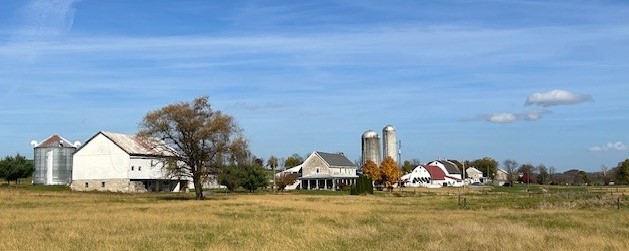
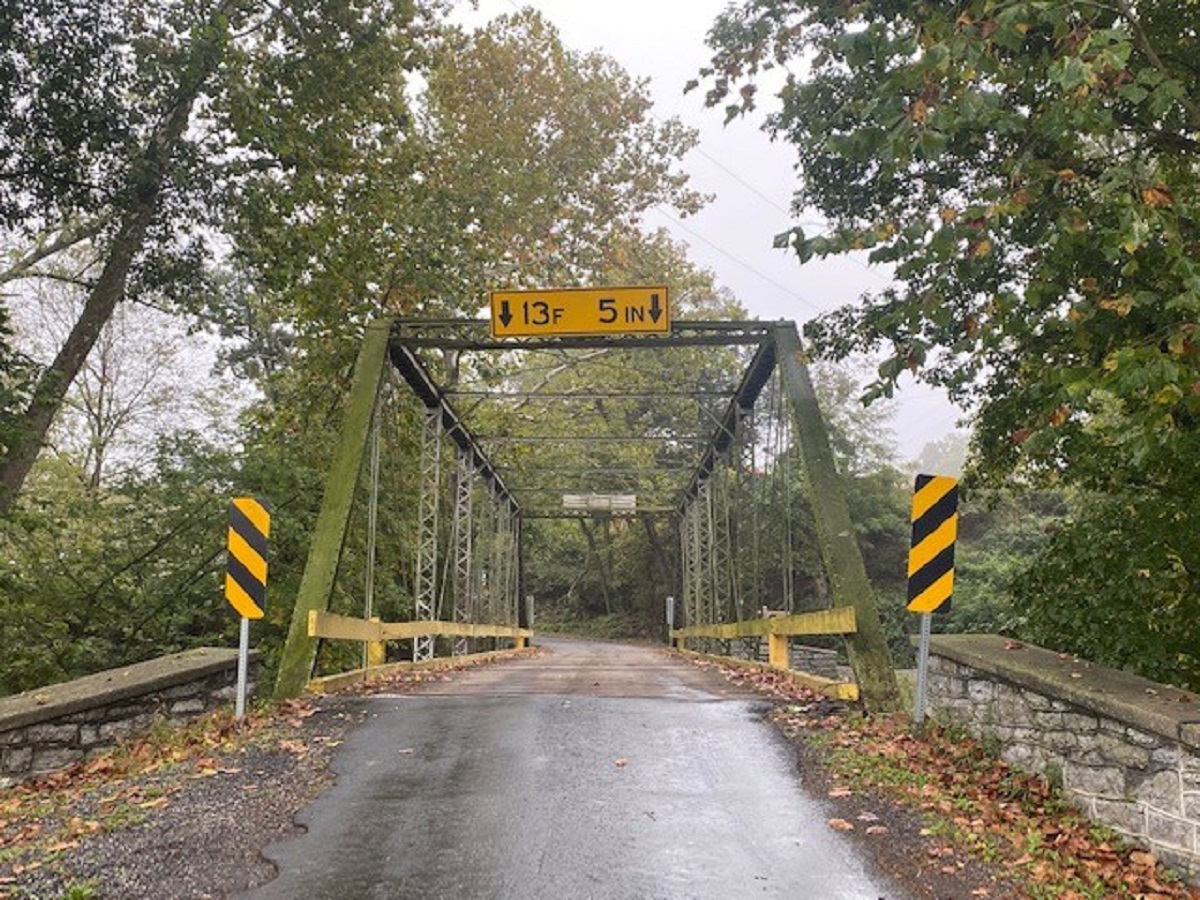
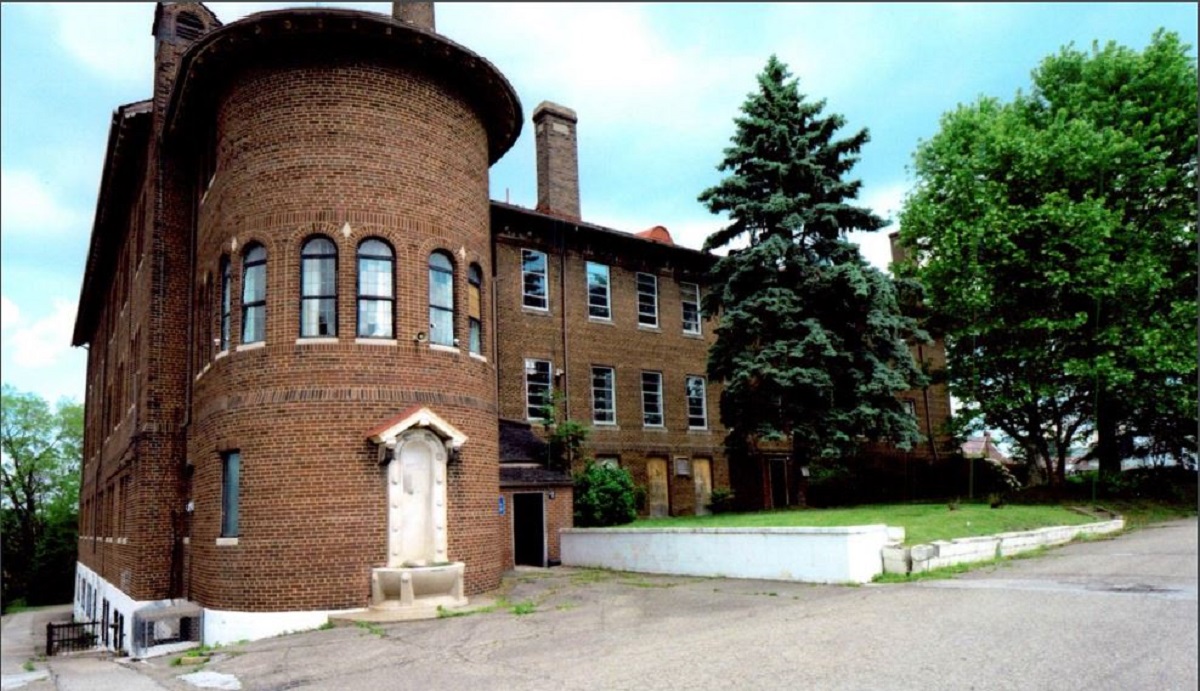


Recent Comments